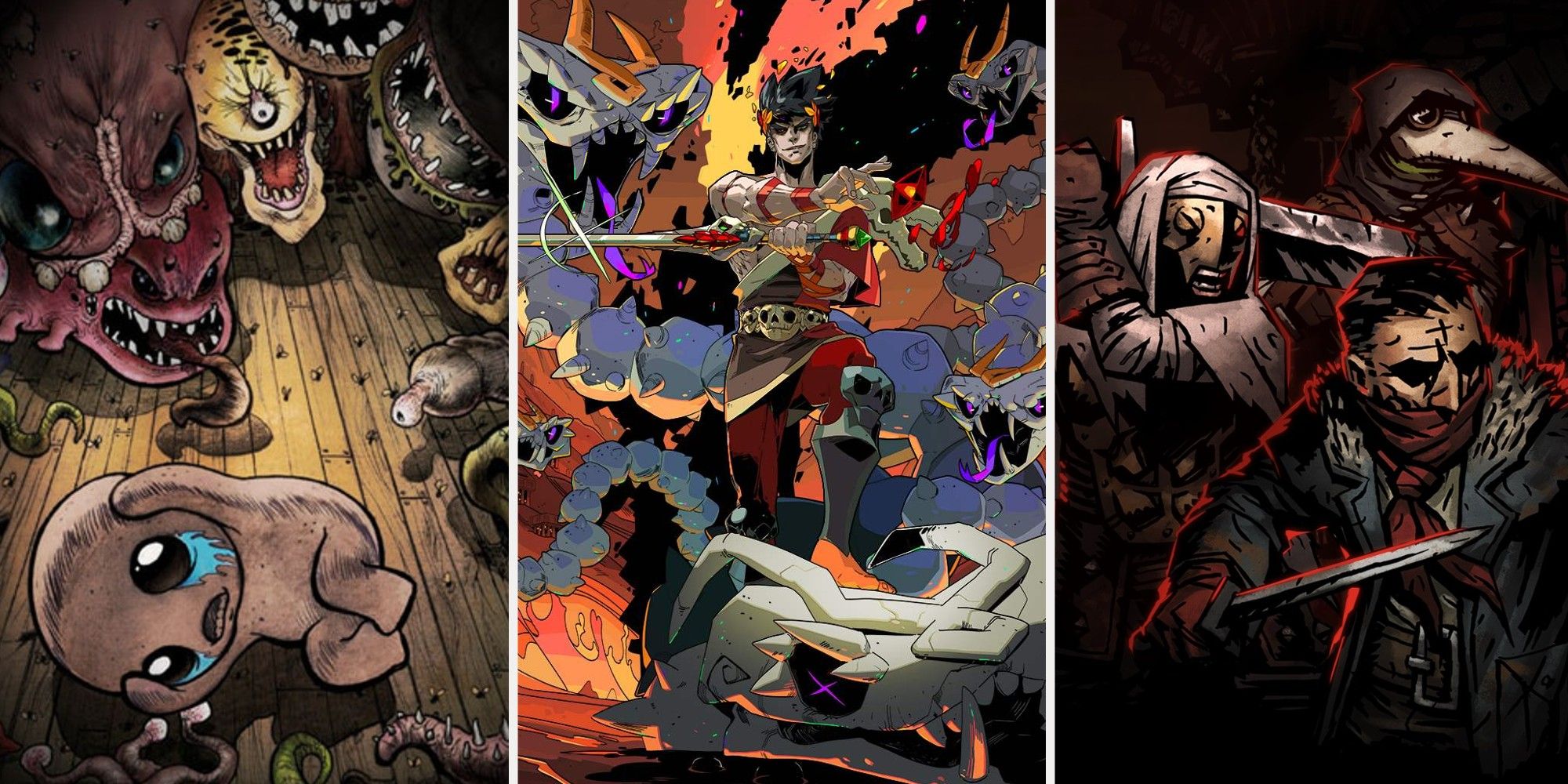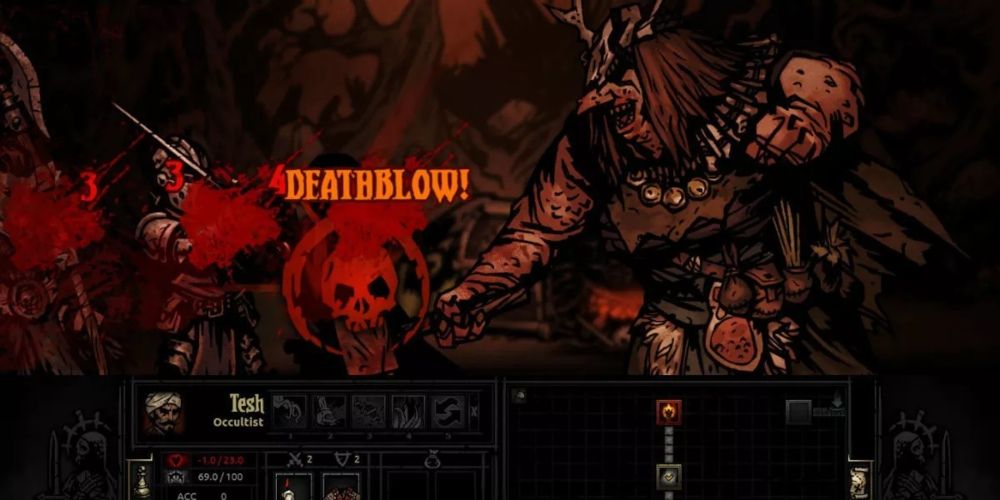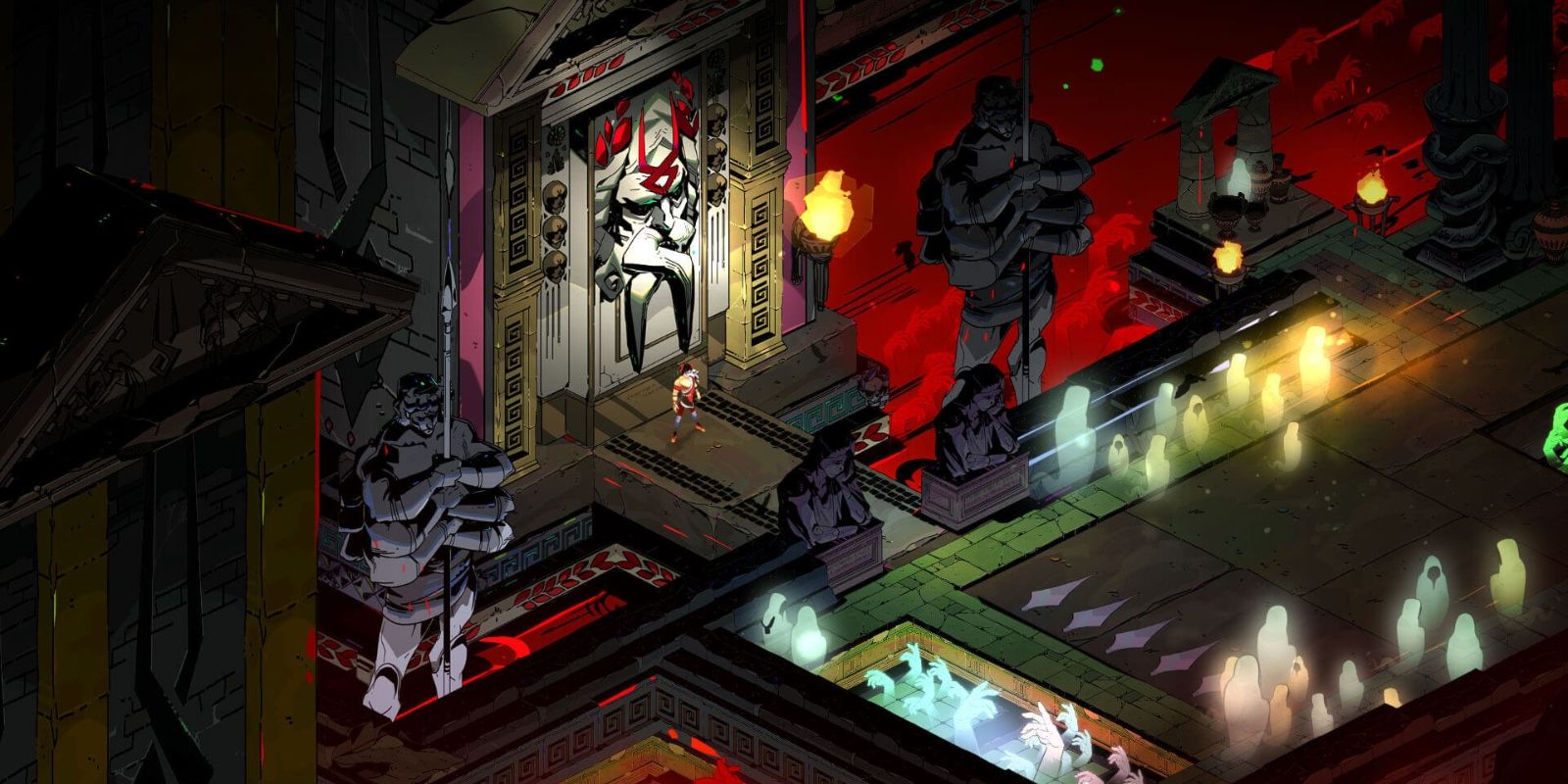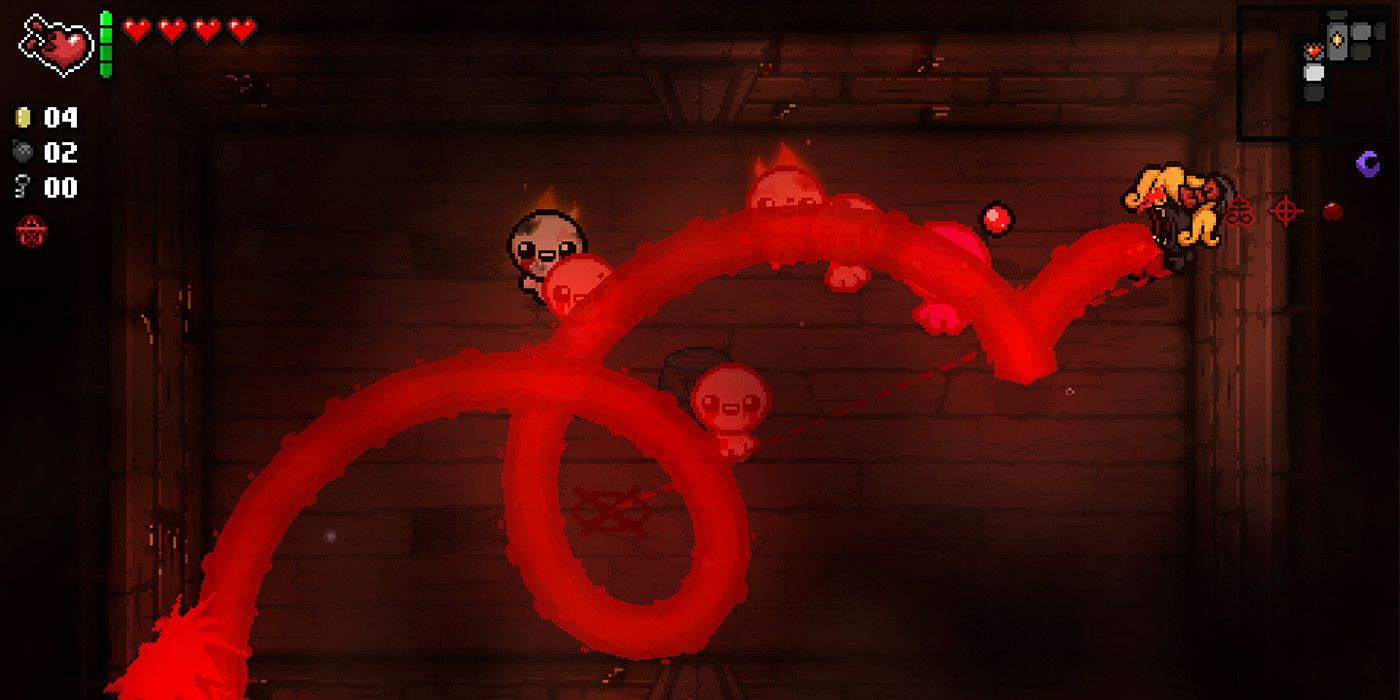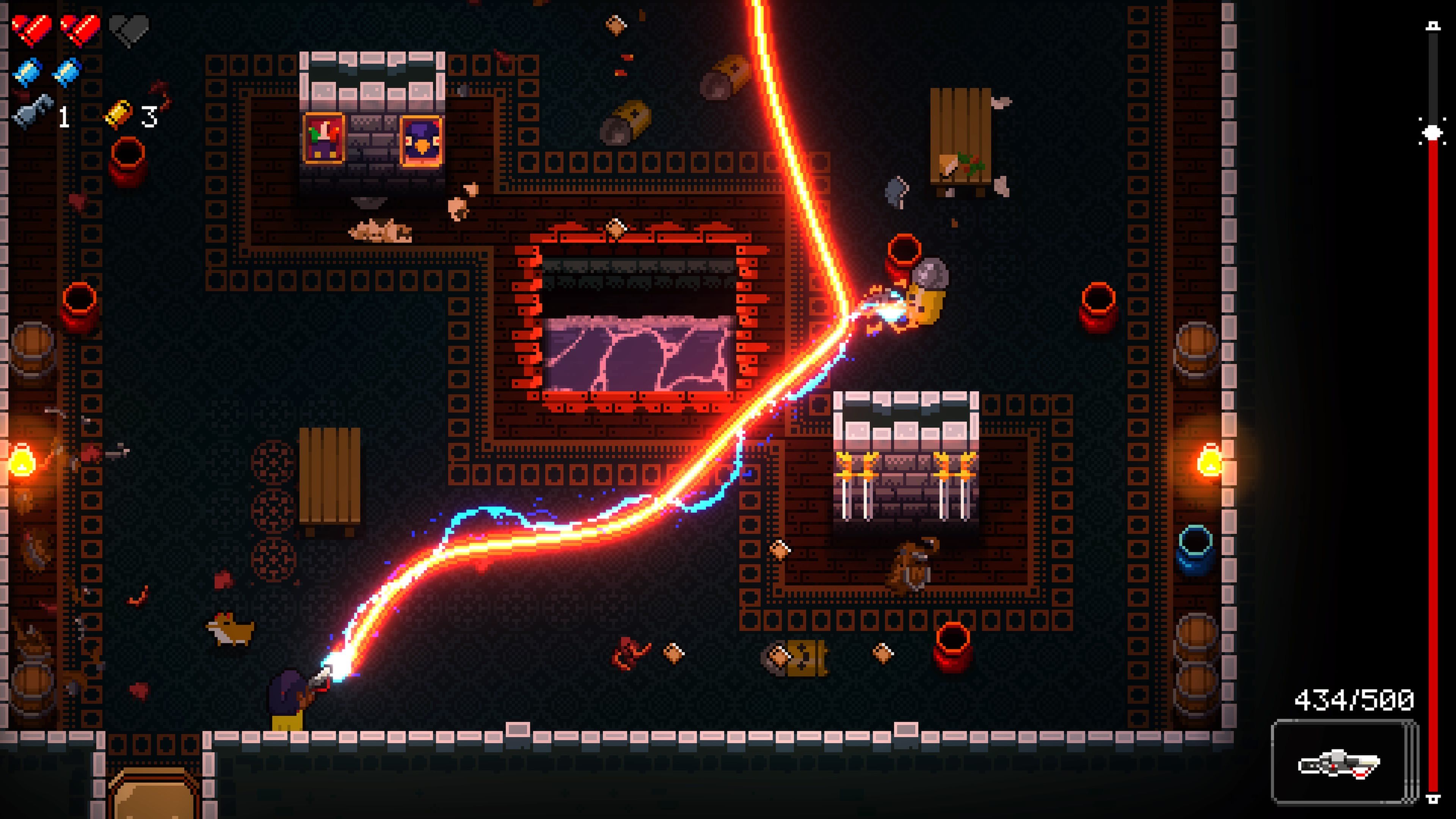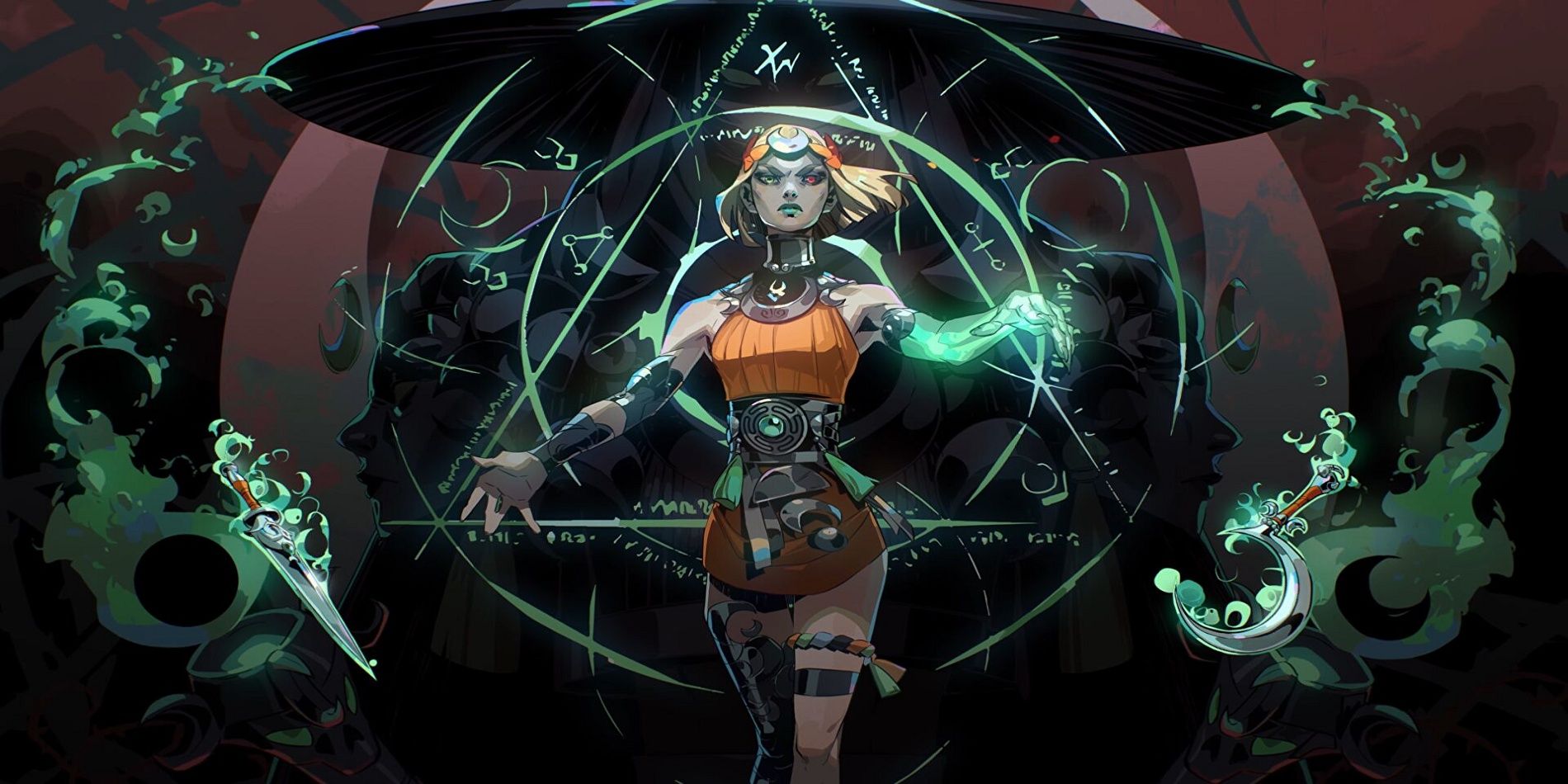The original Rogue came out in 1980, and while that individual title has largely faded into history, its legacy is still felt to this day. Roguelikes are more popular today than ever, from turn-based games following directly in Rogue’s footsteps to fast-paced action combat titles. While the genre derives its name from a 40-year-old title, the modern lineage can be drawn back to a much more recent origin point.
On September 28 of 2011, indie developers Edmund McMillan and Florian Himsl released the game The Binding of Isaac. It was a simple twin-stick shooter that used tile-based dungeons akin to those found in the original The Legend of Zelda. The off-color humor and darker tone worked well with the cartoonish character designs and helped make the game an instant classic on Flash. Over a decade and a plethora of updates later, The Binding of Isaac is still a well-regarded and influential game in the roguelike landscape. Other roguelikes have been released in the intervening 12 years and have taken to heart what makes a roguelike truly timeless and endlessly entertaining to play, while others have missed the mark.
Roguelikes Can Be Difficult In Development And Play
It might seem like a pixel-based game with randomly generated levels is relatively easy to make, but the truth is that roguelikes present their own challenges for developers just as much as they do for players. Making environments that can withstand hours of scrutiny during the countless runs for new players while still making satisfying and engaging content for the most hardcore fan base is no easy feat. Even larger studios struggle with this design obstacle, such as From Software and its lackluster Chalice Dungeons in Bloodborne.
Something that can greatly contribute to a roguelike’s success, more so than other genres, is the amount of time it is supported after players get their hands on it. Early access is a boon for roguelikes and many have seen great success utilizing it. Games like Darkest Dungeon and Hades spent a year or more in Early Access and changed significantly over that time. On top of being able to add more content into the game as players are making their way through, early access also grants developers real-time feedback from a much larger play-test group than what an internal play-test could garner.
Hades Has The Fun
A key factor for the success of a great roguelike is having a satisfying and short gameplay loop that can be repeated over and over again without growing stale. One of the games that excels at this is Hades. On top of a stellar voice cast, soundtrack, and art style, Supergiant Games nails the feeling of combat. The weapons are all weighty and a spectacle to use in frantic combat across the underworld.
Flinthook, released in 2017, is another roguelike that has a very satisfying loop of movement. The player must juggle grappling around enemies and hazards while using their time belt to not only slow down time, making projectiles easier to dodge, but also open up gates that can only be crossed within the limited window that the time belt provides. It takes a bit to get the hang of everything Flinthook throws at the player, but once mastered it feels like a dream to traverse the various space pirate ships in style.
Unfortunately both of these examples, despite having meta progression for the player to upgrade their avatar, have significant difficulty spikes that can easily deter less dextrous players.
One of the core tenets of a roguelike is that the player must start over from the beginning of the game once their character dies, losing all items, power-ups, and weapons they’ve accumulated along the way. This can eventually lead to burning out on a game if there is a difficulty wall too high for a player’s skill alone. The way roguelikes get around this is with a meta-progression across the individual runs. The pacing and power of this meta-progression can make or break a roguelike’s longevity.
The Binding of Isaac‘s meta-progression can almost feel nonexistent at first. There is only one character to choose from, enemies are aggressive and erratic even in the starting rooms, and the bosses can be as intimidating as they are grotesque. As runs are made and bosses are bested, though, the game will announce new items, characters, or even further floors and bosses have been unlocked. Eventually, every run of Isaac can almost feel like a different game with the absurd amount of items and synergies that become available to the player.
Darkest Dungeon, a strategy RPG with roguelike random dungeons and encounters, centers around the player building up their Hamlet. The town provides much-needed respites in between the harrowing dives into unfathomable depths that the game offers. In the various dungeons, there will be treasures and trinkets that can be used to open new avenues of upgrading or healing the characters who partake in the dungeon delves. Challenge runs can be done with minimal upgrades, but these are fringe cases and the game encourages the player to spend the time and resources at the Hamlet to make progress possible.
Variety Is The Name of The Game
Perhaps the most important thing a roguelike can bring to the table is variety. Not just in pick-ups, but also in enemy design, areas, bosses, and characters. The appeal of a roguelike is the difference it can bring from run to run. One of the ways this can be accomplished is through item synergy.
Having items and weapons interact differently depending on how they’re combined exponentially increases the likelihood that two runs will never be the same. The Binding of Isaac is, again, a great example of this. It has a roster full of different characters and altered versions that can unlock late in the game and hundreds of items it is difficult to overstate just how different every run of Isaac can look.
Enter the Gungeon is another game that not only has unique weapons to collect on every run that expands over time, but also works in interesting and unexpected synergies between them and even some of the game’s enemies. Having an RPG, normally a single-shot weapon with a longer reload time, fire out multiple frag grenades because of picking up the right item can have a huge impact on how a player can take out bosses.
What’s On The Horizon
There are many things that are required to work in harmony to make a roguelike that will stand among the greats. Darkest Dungeon II has entered Early Access and Hades II will also be playable soon. Both promise to take their already proven takes on the formula and complicate them further. The first Hades suffered from a severe lack of variety in its bosses and environments, while Darkest Dungeon can be a very long campaign with multiple points where progress can grind to a halt if things go awry. It will be interesting to see how they tackle their weaknesses and strengths in their upcoming releases.
